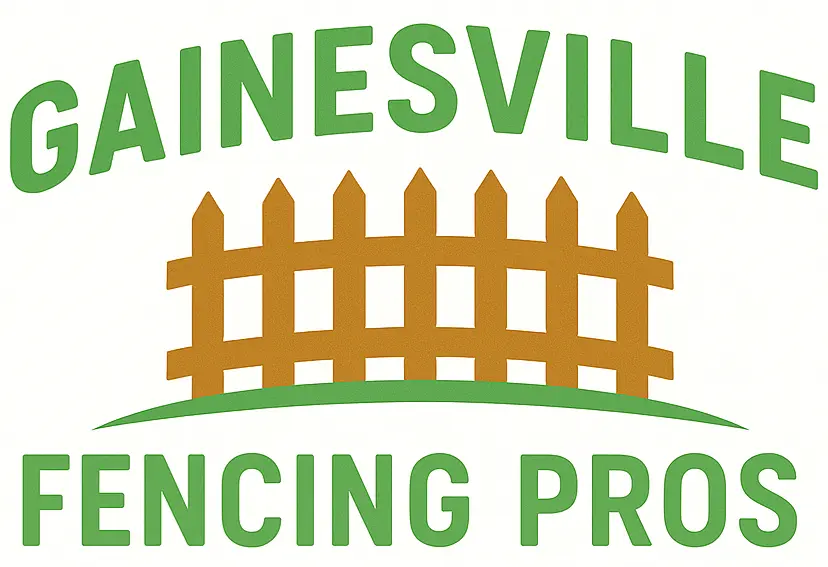Wood fence installation involves setting up a structure of vertical wooden panels or pickets supported by horizontal rails and posts. It’s a popular choice for homeowners seeking privacy, security, and visual appeal. Installing a wood fence can also define property boundaries and increase property value.
Whether you live in a suburban neighborhood or a rural area, local wood fence builder Gainesville FL offers a timeless look and can be customized to fit different landscapes. With proper planning and materials, it’s suitable for both DIY enthusiasts and professional contractors.
What Tools You Will Need for Wood Fence Installation
To complete a wood fence installation effectively, gather the following tools:
- Post hole digger or auger – For digging deep, uniform holes for fence posts.
- Tape measure – Ensures accurate spacing between posts and panels.
- Level – Keeps fence lines straight and posts vertical.
- Hammer or nail gun – Used to secure pickets or rails to posts.
- Circular saw – Cuts wood to the correct lengths as needed.
- String line and stakes – Helps align the fence along property lines.
- Concrete mix – Stabilizes the fence posts in the ground.
- Work gloves and safety glasses – Provides protection while handling wood and power tools.
What to Prepare Before Wood Fence Installation
Before beginning wood fence installation, make sure the following items are prepared:
- Local permits and zoning approvals
- Check municipal regulations on fence height and property lines.
- Obtain any required permits for wood fence installation.
- Boundary verification
- Confirm exact property lines to avoid disputes.
- Confirm exact property lines to avoid disputes.
- Fence design and materials
- Choose your wood type (e.g., cedar, pine, redwood).
- Measure and order enough posts, pickets, and rails.
- Underground utility check
- Call your local utility locator service before digging.
- Call your local utility locator service before digging.
- Land preparation
- Clear vegetation or debris along the fence line.
- Level sloped ground if needed.
How Wood Fence Installation Is Done
Wood fence installation follows a series of organized steps:
- Mark the layout using stakes and string to define where the fence will go.
- Dig post holes at even intervals using a post hole digger or auger.
- Set posts in concrete, making sure they are level and aligned.
- Attach horizontal rails between the posts once the concrete sets.
- Secure the pickets or panels to the rails using nails or screws.
- Cap and finish the fence with trim or paint/stain as desired.
Each step in the wood fence installation process contributes to a sturdy, long-lasting barrier.
Safety and Access Tips for Wood Fence Installation
To stay safe during wood fence installation, follow these precautions:
- Wear protective gear – Gloves, safety glasses, and ear protection when using power tools.
- Maintain a clear workspace – Remove tripping hazards and ensure access to all fence sections.
- Use proper lifting techniques – Avoid strain when handling heavy wood.
- Avoid electrical hazards – Verify underground cable locations before digging.
- Secure tools – Keep sharp tools out of reach of children and pets.
Post-Service Maintenance for Wood Fence Installation
After wood fence installation, ongoing maintenance is essential to extend its life:
- Apply sealant or stain every 1–2 years to protect against moisture and UV damage.
- Inspect for rot or damage quarterly and replace damaged pickets promptly.
- Trim vegetation near the fence to reduce moisture buildup.
- Tighten loose nails or screws as needed to maintain structure.
- Repaint or refinish when the wood appears faded or worn.
Consistent upkeep ensures your wood fence installation remains attractive and functional.
Regional Tips for Wood Fence Installation in Florida
Wood fence installation in Florida, requires consideration of the local climate:
- Use heat- and sun-resistant wood like redwood or pressure-treated pine.
- Apply UV-protective stain to guard against intense sun exposure.
- Plan installations in cooler months to avoid working in extreme heat.
- Ensure irrigation systems do not oversaturate the fence base.
Regional strategies can make wood fence installation more durable in hot, arid environments like Florida.
Conclusion: Why a Wood Fence Installation Checklist Helps
Using a checklist for wood fence installation ensures that nothing is overlooked—from planning to final touches. It helps homeowners and contractors stay organized, manage time efficiently, and avoid costly errors.
Whether you’re building a privacy barrier or enhancing your yard’s look, a thorough checklist makes the wood fence installation process smoother and more predictable.
FAQ: Common Questions About Wood Fence Installation
Posts should be buried at least one-third of their height, typically 2–3 feet deep.
Cedar, redwood, and pressure-treated pine are top choices due to durability and resistance to rot.
Yes, with the right tools and planning, wood fence installation can be a DIY project.
An average residential fence can take 2–4 days, depending on size and terrain.
Yes, regular sealing, cleaning, and inspections are needed to maintain its condition.
